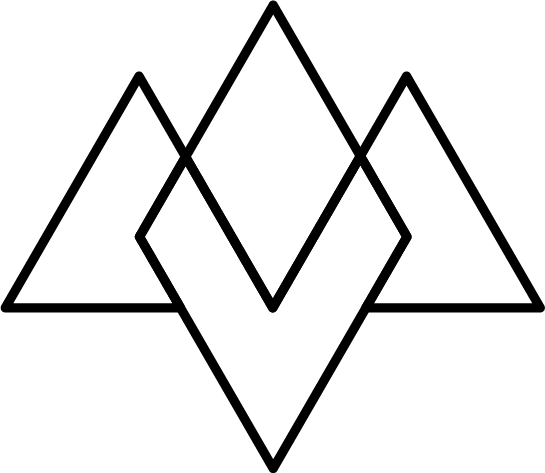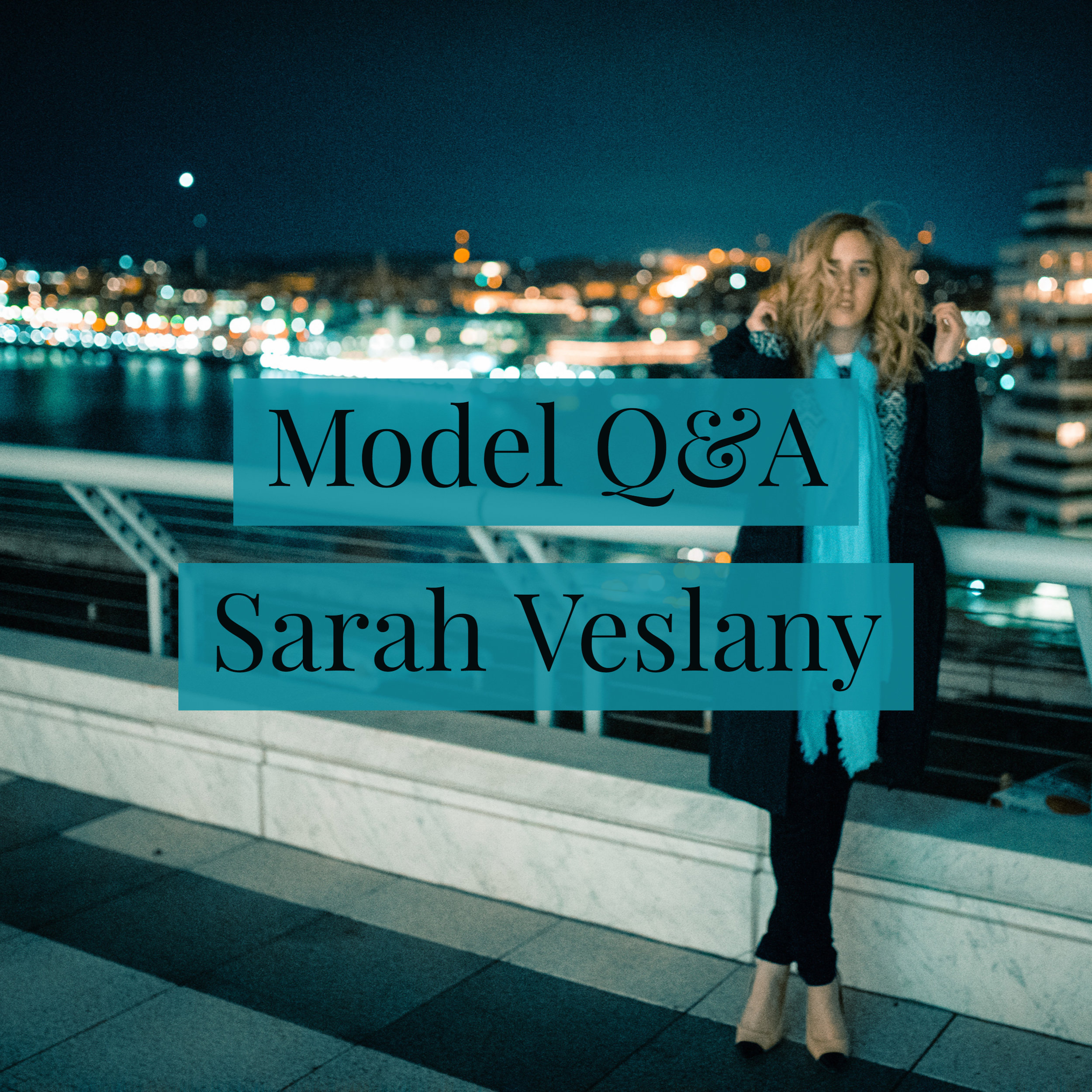1.2 Prerequisites - The Creative Process of Photography
Tools And Necessary Equipment
Nikon D750 Tamron 24-70 f/2.8 G2 @ 45mm 1/125s f/5.6 ISO 100 - Portrait of a photographer with a Polaroid one-step instant camera.
Introduction
A revolving door of opinions surround the topic of gear in photography. While you can get started for very little, there are some essential items you should consider to start.
The Camera
Obviously you need a camera. There are basically two major types of cameras right now: mirrorless and DSLRs. Your goal as a beginner is to try and think about what kind of photographs you want to take and what type of camera will be the best fit for your uses.
DSLR
DSLR cameras have been the traditional main camera of photography for the past couple decades. They consist of a digital sensor, a mirror, and a prism to allow you to compose your photo through the same lens that the camera uses to record the image. The mirror and prism are the main differing factor between DSLRs and mirrorless cameras. They tend to be a bit larger than mirrorless cameras, but also have better battery life. The main DSLR manufacturers are Canon and Nikon, and both are very safe bets if you are unsure of what camera brand you want. DLSRs have been around for a long time now and if you are looking for a system to grow on they are a great place to start. There are a lot of great used options and every lens choice imaginable.
Mirrorless
Mirrorless cameras do not contain a prism or mirror, and instead you compose the image on a screen or electronic viewfinder that pulls a feed directly from the camera sensor. The advantages to this over a DSLR is that what you seen on the screen(or viewfinder) is very close or exactly the image you get when you press the shutter. The disadvantage to this is that the camera sensor is running all the time while the camera is on, draining the battery faster.
Mirrorless cameras actually cover a wide range. Point and shoots, smartphone cameras, and MILC (mirrorless interchangeable-lens cameras) would all be considered mirrorless.
If size is important to you and you plan on carrying your camera around a lot, mirrorless is a good choice. Big mirrorless camera manufacturers include Sony, Fuji, Olympus, and Panasonic. Nikon and Canon are starting to get into mirrorless as well now.
How To Research
There are a plethora of online resources to help you pick a camera. DPReview is one of my personal favorites. You can also find a lot of bloggers and photographers who will review specific cameras (although I would take blog reviews with a grain of salt, even on here, photographers like to justify their purchases).
When researching, you will want to look at the camera brand, lens choices (this is determined by the ‘camera mount’), megapixels, zoom range (if the camera can not change lenses), and sensor size (often called format).
I highly recommend talking to a friend who is into photography. Ask what they use and what they like about it, it’s not a bad idea to get a camera of the same brand as a group of friends. This allows a built-in support group, as well as a group you can try out different lenses with.
Recommendations
If all the numbers and terms are a bit intimidating at first, or you just like to pick from a list, here are some gear recommendations for first-time photographers. NOTE: These links go to an affiliate Amazon page. ETDPhotography receives a kickback when purchasing equipment through these links (Thank you!)
DSLR
Mirrorless - Interchangeable Lens
Mirrorless - Point and Shoot
Nikon D750 Sigma 35mm f/1,4 ART @ f/1.4 1/2500s ISO 100 - Model sitting on a toppled tree in Asbury Woods.
The Computer
Hardware
Most computers today can handle photo editing fine, and you only really need something high-end for major compositing, stacking, and HDR work. I do recommend trying to get the best screen you can, and that usually won’t come on a laptop. Desktops will generally have more power for editing, and you will be able to pair it to any monitor you want. Monitors are also a much better investment as they will be relevant for much longer than a desktop or laptop. Good, accurate monitors are not cheap, and there are a couple of technologies out right now with varying capabilities. To keep things simple: for photography, you want an IPS monitor, not TN or VA. You will need to check the specs list for this.
Software
Editing your photos is half of the photography process. Some software is focused on managing your photos, others are just for editing, and some do both. The most popular photo management programs right now are Capture One and Adobe Lightroom. Both are also excellent photo editors. Editing programs include Adobe Photoshop, Luminar, DXO Photolab, and Affinity. Many of them offer trials and I recommend downloading hem and trying them out to see which one fits your style best.
Software Recommendations
I use Adobe Lightroom for 95% of my photo editing, with the other 5% going to Photoshop for more advanced work. There is a bit of a learning curve with both of these programs, but they do everything you could possibly want with your photos. Adobe offers a special photographers membership for $10 a month which includes both of these programs and online portfolio space. If you are starting photography on your phone, my favorite editor is Snapseed.
Essential Accessories
There are a lot of peripherals that can be helpful in photography. If you are only wanting the bare minimum to get started quickly, I would highly suggest at least getting a tripod, and then filling in the other essentials as you are able to.
Tripod
A tripod is probably one of the first camera accessories you should consider. It is essential for landscapes and is also great for still life or self portraits. There are many cheap options, but you will probably end up buy-and-breaking them until you step up to a quality option. Look for something sturdy and that has a head which can hold your camera and heaviest lenses. I would suggest trying to find one with a ball head and avoid the plastic-y 3-way heads.
Batteries
An extra battery is always handy, especially if you have a mirrorless camera, which can require several to get through a full day of shooting.
Memory Cards
Digital cameras record photos to memory cards. Storage has gotten pretty cheap nowadays, you can find 64GB cards (which can hold thousands of photos) from 20-30$.
Cleaning Supplies
Nothing is worse than cloudy photos due to a grimy finger-printed lens. Find a glass-friendly microfiber cloth, a small pump blower, and a brush to start.
Camera Bag
There are a lot of camera bag choices. I have a Thinktank Retrospective 40 as my daily bag, but have also gotten by with an Amazon Basics camera backpack. To be honest, a lot of this will come down to personal preference. I will caution though to not go overboard and get the biggest bag possible. You will not want to carry 50lbs of gear around with you all the time. Be realistic in what you need and find something that will fit what you have, and maybe 1 extra spot for a future lens or miscellaneous items.



